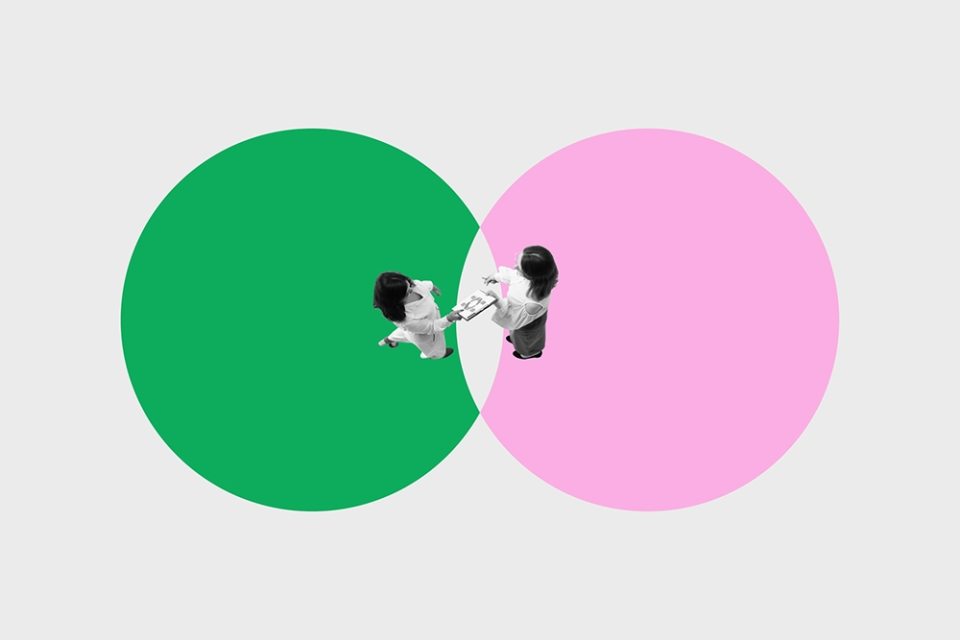In 2014 Huthwaite International launched its biggest ever global survey into the tactics and behaviours that people deem effective when at the negotiating table. We based the content of the global negotiation research survey on the findings of our original negotiation research conducted a number of years ago.
The difference between the two research projects is that the original research involved directly observing what happened, and used Huthwaite’s unique verbal behavioural analysis technique to capture the behavioural differences between skilled negotiators and average negotiators. Skilled negotiators were those that were rated as effective by both parties in the negotiation, had a track record of success and, perhaps most importantly, low implementation failure. Average negotiators on the other hand were experienced negotiators with a moderate track record of success. By directly observing the negotiations we were able to capture and analyse the behavioural differences between these two groups, as well as differences in the strategies and tactics they used.
In 2014 we wanted to find out whether people would easily recognise what effective negotiation tactics and behaviours looked like, so we put together a series of questions to which over 1300 people across the globe responded. Over the coming weeks we will be sharing with you the answers from our global negotiation research survey
What do we mean by negotiation?
In Huthwaite we define negotiation as being the process by which sellers and buyers agree the terms and conditions on which they are going to do business once the buyer has agreed to buy. Many sellers make the mistake of discounting in order to persuade the buyer to buy, rather than building value for their product. There are also three conditions that have to exist in order for negotiation to take place:
- The resource is scarce; if not, there is no point negotiating about it
- Both sides are able to vary the terms; if they cannot then the movement required in negotiation cannot take place
- Agreement and conflict exist; if there is no agreement then there is no point in negotiating, and if both sides are in total agreement then there is nothing to negotiate on
Global negotiation research – Insights into types of negotiation
When people think of negotiation certain images may come to mind. Haggling over trinkets in a market place. Unions locking horns with management over pay and pensions. Tragically, in this war-torn world, trying to secure the release of hostages. On a personal level the biggest negotiations we are likely to take part in will involve dancing around the price of a house, or perhaps a car. And when it comes to the workplace most people may regard negotiation as a task primarily undertaken by professional buyers and sales people.
Our 2014 global negotiation research survey revealed that the most common type of negotiation that happens in workplaces is, like the majority of examples above, not commercial at all. 65% of our respondents indicated that they frequently took part in non-commercial negotiations, by which we mean negotiating with internal colleagues. And it’s the internal role of HR that is most likely to regularly get involved in these types of negotiations, and least likely to get involved in commercial negotiations. Sales people, in contrast, are least likely to get involved in non-commercial negotiations but, along with Buyers and CEOs/Directors are the job role most likely to take part in commercial negotiations.
In the survey we identified two types of commercial negotiation; short negotiations that involve up to five negotiable issues and large, complex negotiations that involve many more issues. Overall we found that 55% of respondents frequently took part in short commercial negotiations and 41% frequently took part in large, complex negotiations.
The essential ingredients for any negotiation
Whether negotiations are commercial or not they still require a set of knowledge and skills that can be applied in a range of circumstances. Our research has identified the following components as being necessary for effective negotiation to take place:
- Power: Power is in the head; how powerful you feel at the negotiation table will impact how powerfully you behave and what you ultimately achieve.
- Strategies and Tactics: what you want to get out of the negotiation and how you are going to achieve your objectives. This is the output of your preparation and planning, and can include behavioural tactics.
- Preparation and Planning: this is key to any effective negotiation. Huthwaite research found that skilled negotiators focused more on planning (deciding what to do with the data) rather than on preparation (the process of collecting data).
- Behavioural skills: Our behavioural research underpins our negotiation skills model in exactly the same way as it underpins our sales and communication models.
Find out more about how Huthwaite International can help you develop your negotiation skills please click here.









.webp)